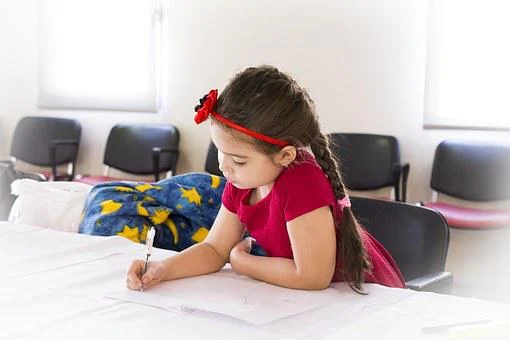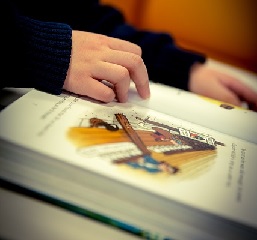Your cart is currently empty!

Behind The Scene In Schools, Post
Behind The Scene In Schools
The school tells you that your child is struggling. Understand what goes on behind the scene in schools! Know your child’s school! This helps parents weigh up the true situation. What are the yardsticks? How is your child measured? It may not be as bad as you think!
Links to related topics: Middle Primary School, Page
Developmental Language Disorder [DLD], Post, Autism Level 1, Post
How your child is measured:
- Think through the Literacy Curriculum. It’s accessible on the web. Compare the curriculum points with the set tasks from the school. From my experience, tasks can be set that reflect three different year levels.
- Often words are introduced to children in class without a context. They can be in lists or in isolation. Children will learn words more easily if they are used in a story. But lists are fine in tandem with text. Look closely at lists, homework tasks and readers.
- Be objective about the material. For example, there is no reason for Grade 2 children to be given the word debt or to experience such a word in a story. Believe it or not, they are.
- …nor should the words island or yacht be given to early primary school children.
- When teaching the letter y as a consonant, the word yes is easier than the word yacht. The teacher has the problem because it is hard to illustrate. The child doesn’t have a problem with the word yes.
Link to related topic: Reader Sets in Primary Schools, Post
How to deal with spelling lists from school:
There’s nothing wrong with lists of words but they need to be reinforced in text.
- Take a close look at spelling lists that come home from the school.
- Ask yourself whether each word is regular or irregular in spelling. There are 22 English spelling rules. Words come in families, eg. bought, fought. So there’s a rule. An analysis of the first 100 Sight Words tells us that only 20% are irregular.
Link: 100 Sight Words, Early Primary School - Ask your child if the irregular words have been discussed in the classroom. Find out if any problematic words have been given to the class in the context of a story or other text.
- Discuss the irregular spelling words with your child. It could depend on local pronunciation that makes the spelling appear irregular.
Vocabulary in the classroom.
Here’s an example: How would you – as a concerned parent – introduce the word island to your primary school child? Perhaps at Grade 3 or 4. Words such as cliff’, bay, coast and river are easier. Setting up the context is not so hard. And how about this sentence: The yacht sailed around the island.
In this lesson pack, y as a consonant is taught in context: “Yapping in the Yard” Literacy Grade 1
Behind the scene in schools:
- Schools today are pressured to perform and to get results. Often this pressure comes from parent groups. It means that some schools are teaching above standard and beyond the specifications of year level curricula.
- You could find that Grade 3 material is being taught as if it is Grade 2. And children are being assessed for Grade 2 on Grade 3 materials. These practices are now common and can cause some children unnecessary frustration. Yet the school will continue the over reach and you need to be aware of that. Knowing this means that the parents can get their child’s school performance into a better perspective.
- Check your curriculum on the internet carefully. Words mean a lot in curriculum writing. Compare one grade’s with another grade’s curriculum and you will see what your child’s standard needs to be.
The child may be achieving at the correct level.
Get behind the scene at your child’s school. Sort this out in your mind. Following the above steps helps parents to deal with the school more objectively. Then reports can be seen in perspective!
Parents should not worry without good reason!
Fair dealing/use is claimed for illustrations.